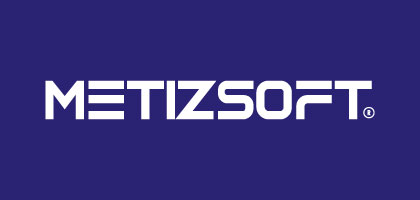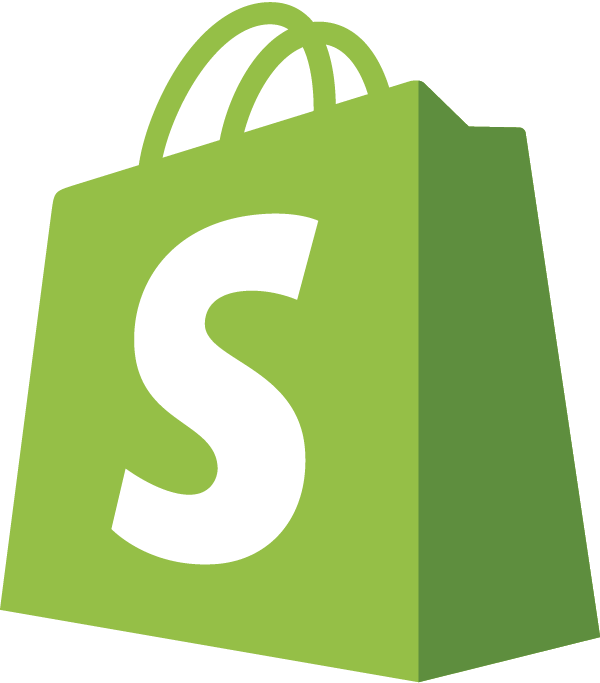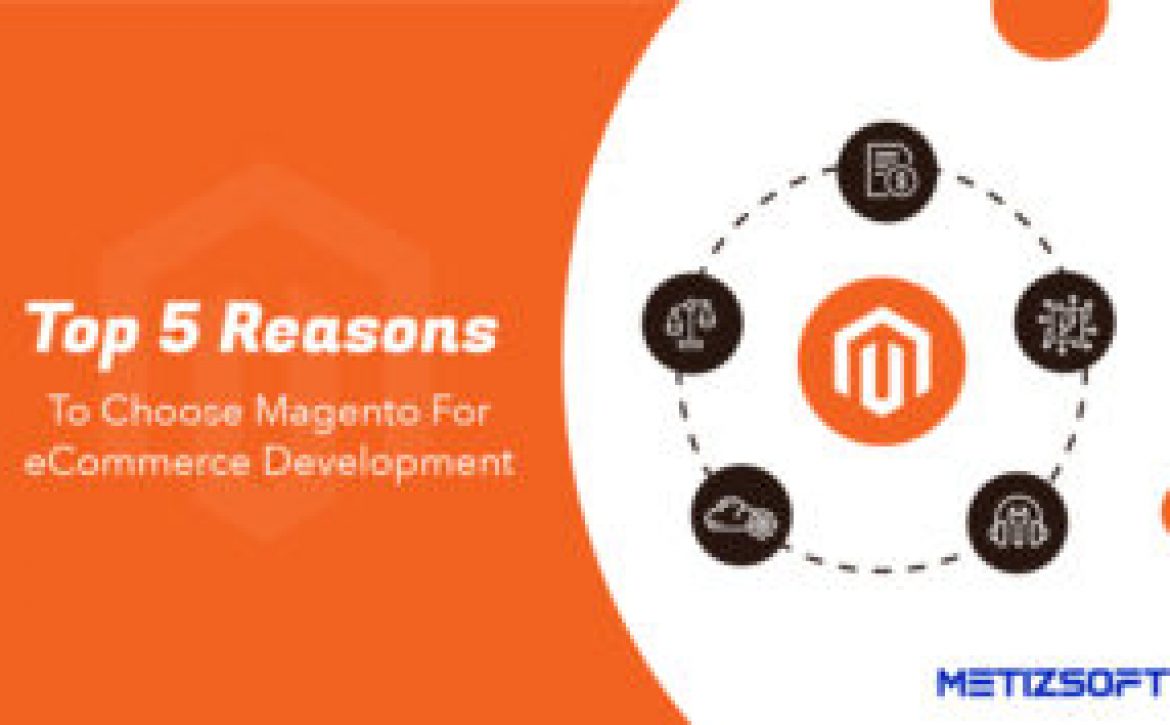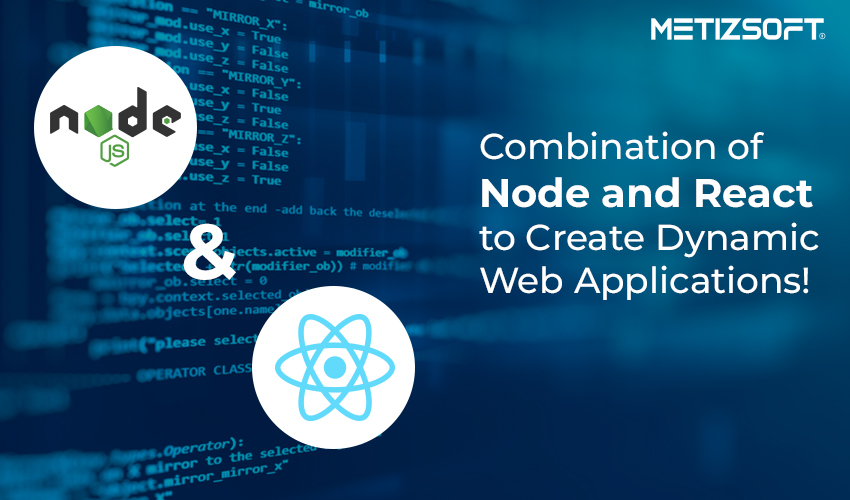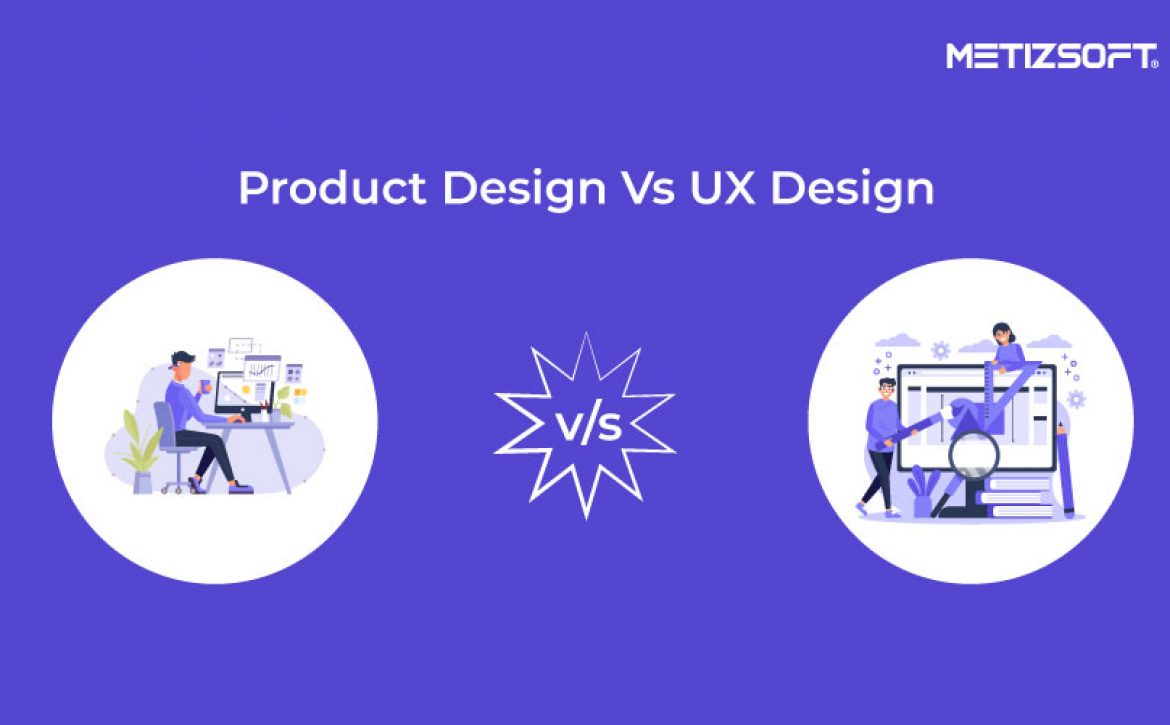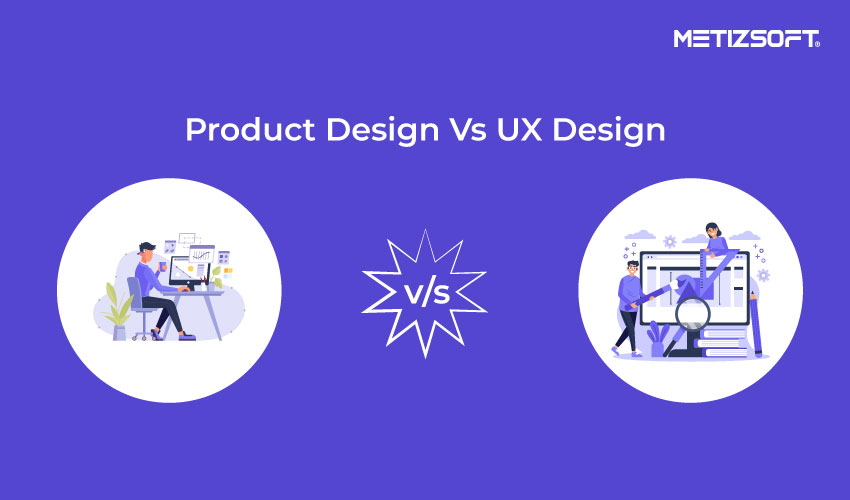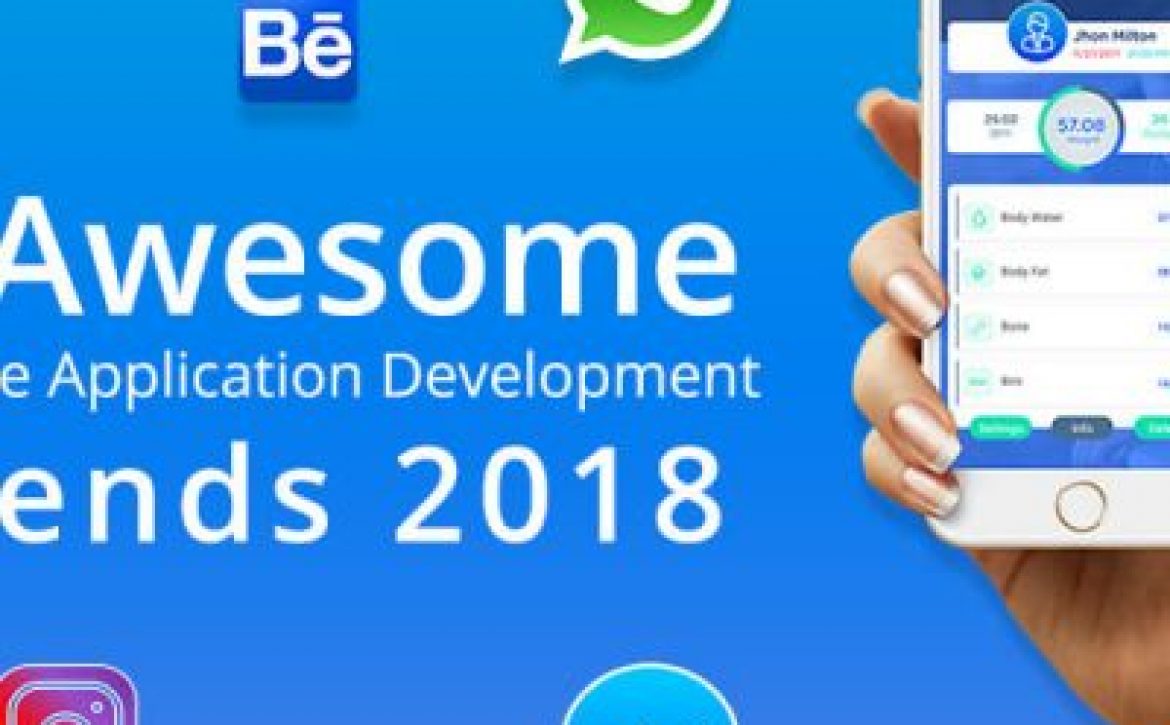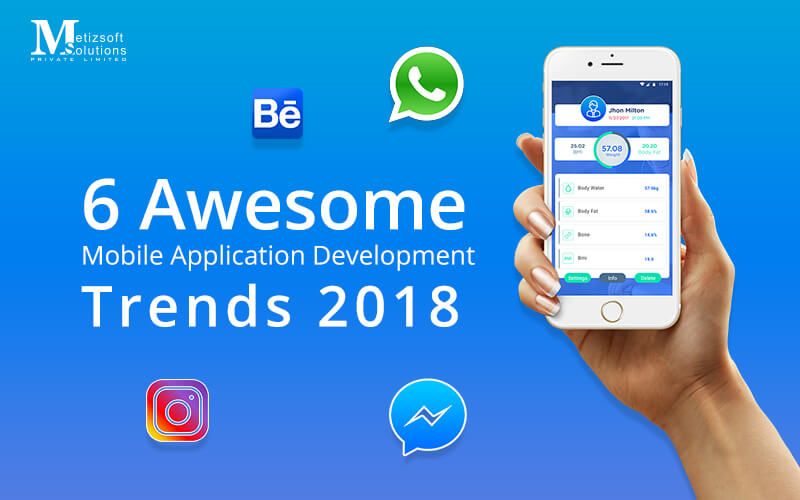Top 5 Reasons To Choose Magento For eCommerce Development
eCommerce business is flourishing at a breakneck speed where more and more players are entering each month. The modern e-commerce market is filled with a wide number of eCommerce platforms, which include the WooCommerce, Prestashop, Magento development, osCommerce, and many more.
eCommerce websites are known to be power and resource hog as it has a huge size and a massive number of functions and features associated with it.
It becomes extremely difficult to choose the right kind of platform for eCommerce web development. Magento is an open-source eCommerce platform that offers a wide range of features for online stores from content management, shopping cart specifics to the design itself.
Here are a few important reasons why you should choose the Magento platform over others for your online store development and management.
- Easily Suits Your Budget
The community edition of the Magento is completely free for any business to use and integrate into their online store. It comes loaded with a number of exclusive features, which help in offering better control over different dynamics of the online store.
Read More: Why Magento Is the Greatest Fashion eCommerce platform?
It is backed by extensive community support, which can help in resolving the minor and major glitches in online stores efficiently.
Businesses can go for the enterprise edition of Magento, which comes with an affordable price tag and is tailored to suit the needs of the business across categories.
- Scalability
Magento makes use of the latest technologies like MySQL 5.6 and PHP 5.5 and others to ensure strong performance, scalability, and security to the online stores.
It can easily handle a wide portfolio of products, huge web traffic, multiple shopping carts, websites, and more like a breeze.
If you are looking to expand your business in the future then go with Magento as its features and functions can easily be scaled to meet your extensive demands with ease and grace.
- Powerful
All online stores rely on analytics to analyze customer behavior and to bring the right kind of changes in the online store for harnessing more profit.
Magento gets the support of Google Analytics, which helps in getting custom metrics across various categories, arenas, geographical locations, demographics, and much more.
You can easily use these analytics to strengthen your marketing and advertising campaign along with identifying new areas to concentrate your marketing efforts.
- Flexible and Extensible
Magento is filled with numerous numbers of features, which help in building a robust and efficient online store.
Each online store has its own plan regarding the website design, products, and selling methodologies and Magento can complement in making it happen in its own unique way with a huge array of features and functionalities.
In case you want to bring in your own features and functionalities to the online store, just write down the code to make an extension and embed it in your online store.
- Strong Support
Magento is backed by eBay and its developers ensure that the software is completely up-to-date and all the security issues are fixed within a short time.
This will ensure that your online store is safe from any unwanted shortcomings at any time, which is a great excuse to opt for the Magento platform.
It should also be noted that despite being an Open source technology, Magento boasts of huge and extensive support by industry experts.
Outcome:
In simple words, it means the eCommerce industry also helps in developing new features through communities and helps in dealing with various issues pertaining to the shortcoming of any kind with ease.
An online store owner wouldn’t have to wait for an update from the proprietary software owner as in the case with private software to deal with any flaw in Magento.
Recommended Reading:
- Top 10+ Magento 2.0 Themes
- Why Choose Hosted eCommerce Platform?
- Benefits to Work With Magento Development Services Provider
